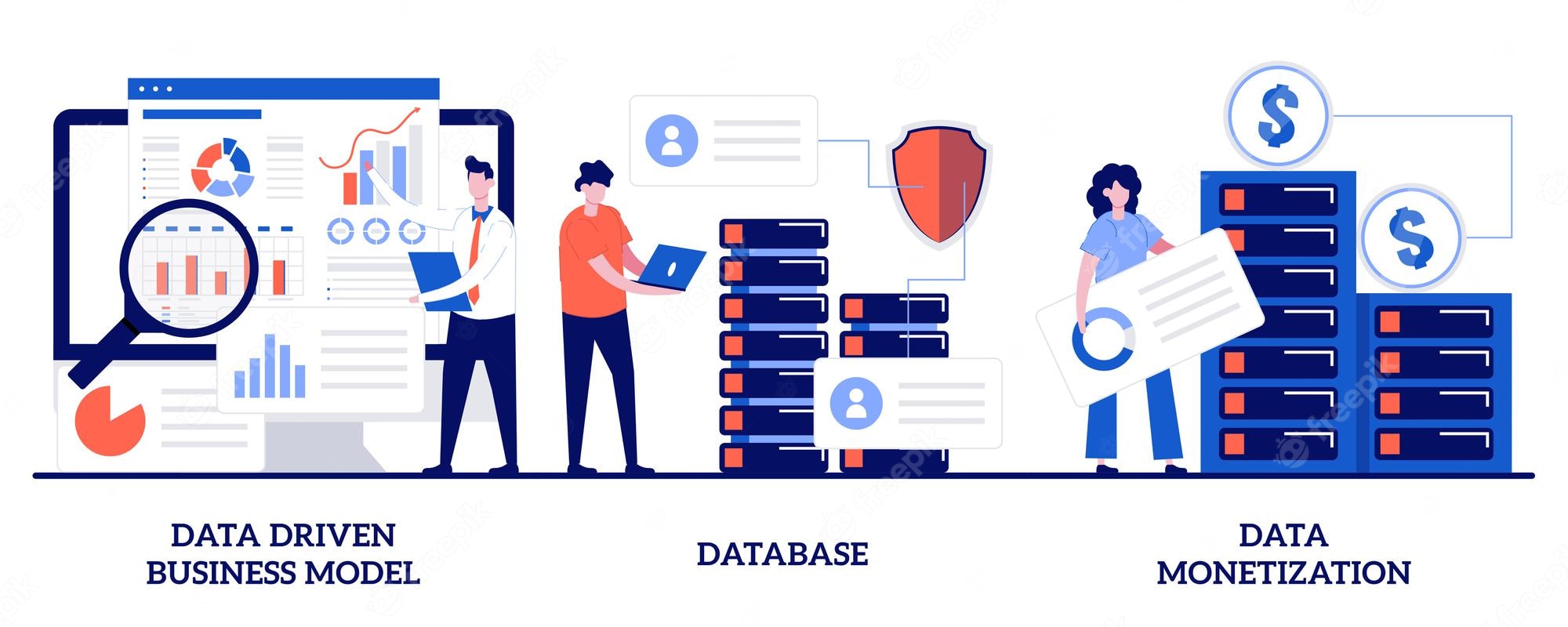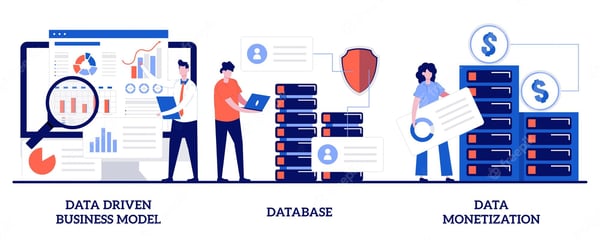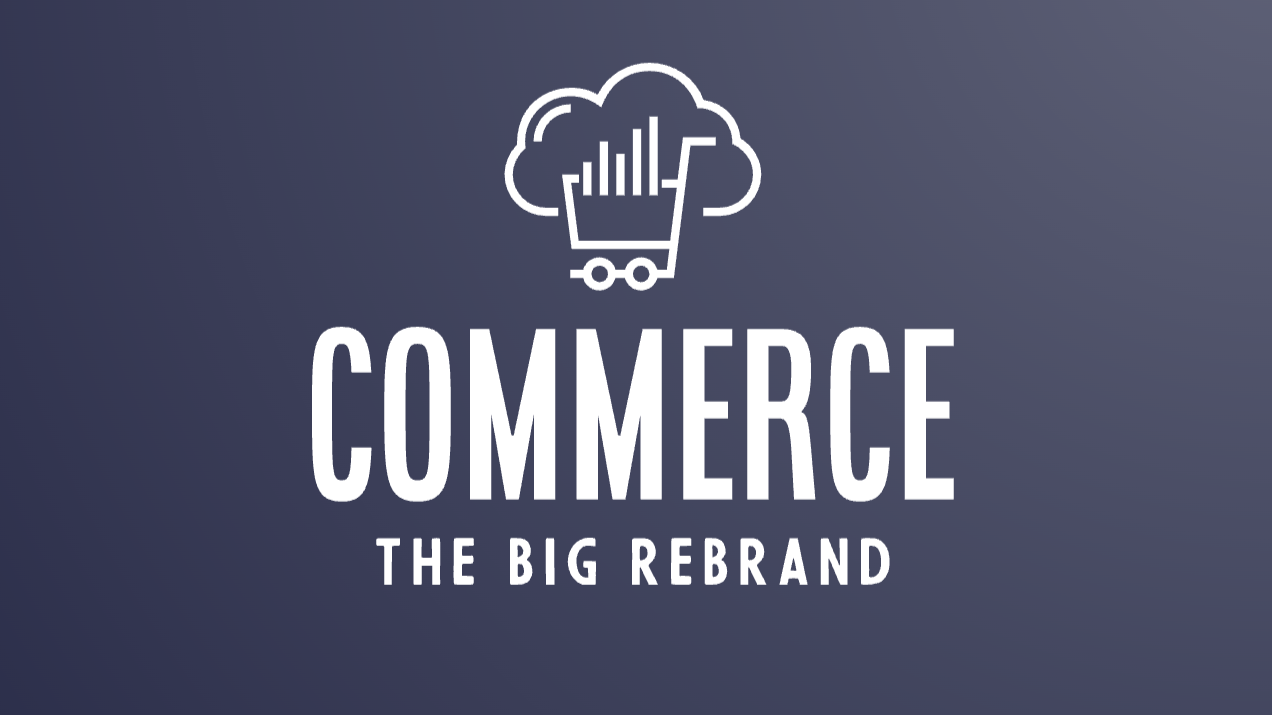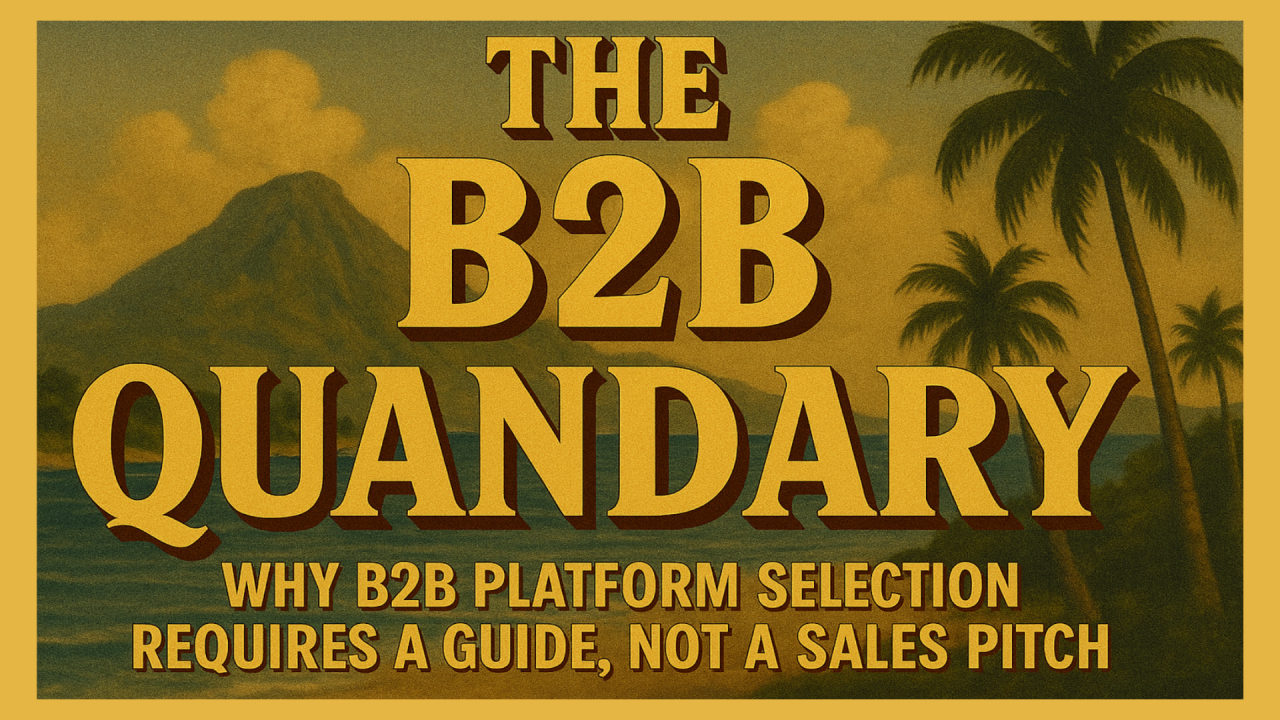

Image Source: FreeImages
In the dynamic landscape of online business, content reigns supreme. A strategic approach is vital to influence your audience's engagement and browsing habits. This impacts their time spent on your site, their search engine preferences, and even the websites they explore. To achieve your objectives, understanding your current trajectory is key, whether it's amplifying content on a specific topic or tailoring posts to distinct audience segments.
A data-driven content strategy is a systematic approach to creating and managing online content based on the analysis and interpretation of data. It involves using various data sources, such as user behavior, demographics, search trends, and performance metrics, to shape the direction of content creation and distribution. This strategy aims to tailor content to the preferences and needs of the target audience, thereby maximizing engagement, driving traffic, and achieving specific business goals.
The first step in content strategy is to define your target audience and clearly understand their characteristics, preferences, needs, and pain points. This audience definition serves as the foundation upon which you'll build the rest of your content strategy. By gaining insights into who your audience is and what they are looking for, you can create content that resonates with them, addresses their concerns, and provides value. This step ensures that your content efforts are aligned with the interests of your intended readers or viewers, leading to higher engagement and better results.
Now it’s time to assign roles to your team members. This is the backbone of your data-driven content strategy and will make or break your website. You’ll want each member of your team to have a specific focus, such as writing the content, choosing the data to be used, or measuring the ROI. That way, each team member knows their role, and they can better help your data-driven content strategy reach its full potential.
Begin by evaluating the skills, expertise, and interests of each team member. Consider their background, writing abilities, technical skills, data analysis capabilities, and project management experience. Break down your content strategy into key components, such as content creation, data analysis, SEO optimization, graphic design, social media promotion, and project coordination. Assign roles that align with team members' strengths. For instance, assign writers to content creation, data-savvy members to data analysis and research, design-oriented individuals to visual assets, and organized members to project management. Clearly outline the responsibilities and expectations for each role. This includes tasks, deadlines, and deliverables. Make sure team members have a comprehensive understanding of what's expected of them.
By assigning roles based on team members' strengths and expertise, you'll create a well-coordinated and effective content strategy team, ultimately contributing to the success of your overall content efforts.
An editorial calendar is a planning tool used in content creation to organize and schedule content production, publication, and distribution over a defined period, typically weeks or months. It helps ensure that your content strategy stays consistent, relevant, and aligned with your goals. An effective editorial calendar can enhance collaboration, streamline workflows, and provide a clear roadmap for your content team.
Start by outlining your content marketing goals and objectives. Are you aiming to increase website traffic, generate leads, boost brand awareness, or educate your audience? Understanding your goals will guide your content planning. Determine the main themes and topics that resonate with your target audience and align with your goals. These themes will help structure your content calendar and ensure a coherent narrative. Define the time frame for your editorial calendar. You might plan on a monthly, quarterly, or yearly basis. The length will depend on your content frequency and overall strategy. Specify the types of content you'll create, such as blog posts, videos, infographics, social media updates, etc. Also, determine the formats for each piece of content, considering what works best for your audience. Regularly review and adjust your editorial calendar based on performance data, feedback, and any changes in your marketing strategy. Be open to flexibility and adapt as needed.
After publishing content, track its performance using analytics tools such as Google Analytics. By tracking metrics such as website traffic, engagement rates, conversion rates, bounce rates, and social media interactions, you can measure the impact of your content on your target audience. These metrics help you identify which types of content resonate most, which platforms drive the most traffic, and which topics generate the highest engagement. Armed with these insights, you can refine your content strategy, optimize your content for better results, and make informed decisions on future content creation to align more closely with audience preferences and business objectives.
A data-driven content strategy is central to online success. Its foundational elements include audience definition, relevance in content creation, and analytical depth. The way that you design your data-driven content strategy will directly affect the success of your site. By delivering the right content and publishing it on the right frequency, you heighten website traffic while optimizing user engagement.

Following up on my earlier post about BigCommerce's rebrand announcement, I got my hands on theCleveland...

By Brent W Peterson AI vs Shopify: Is Platform Dominance Ending in 2025?

The B2B OG Reality Check In 1995, I built my first B2B website for my then computer assembly company. It...